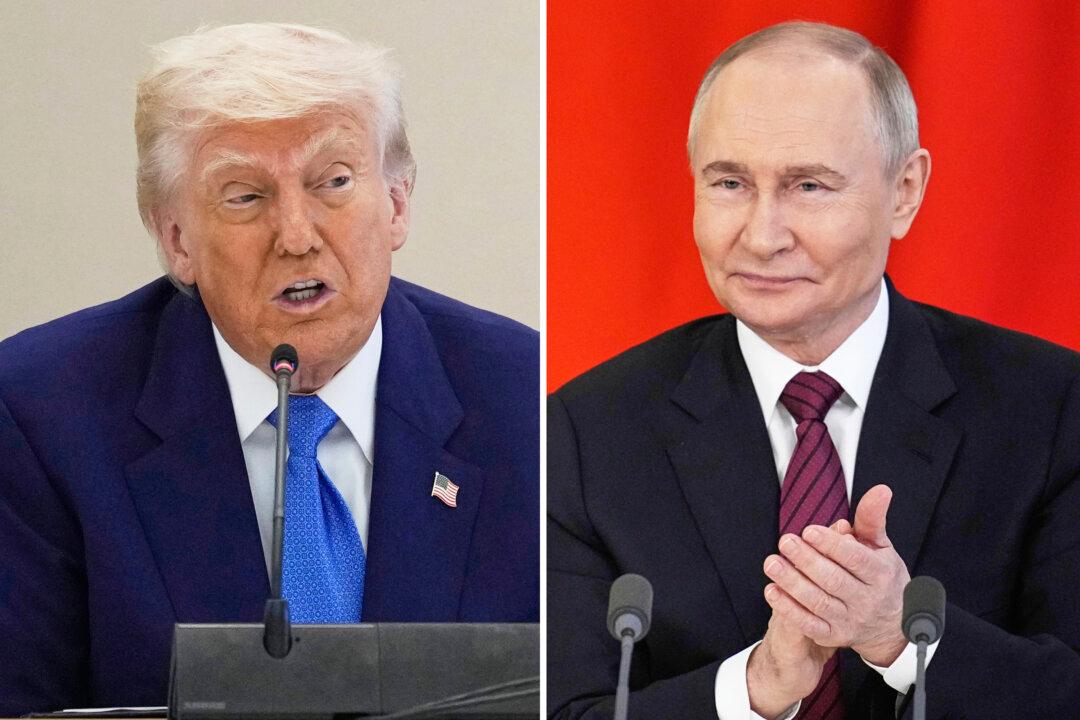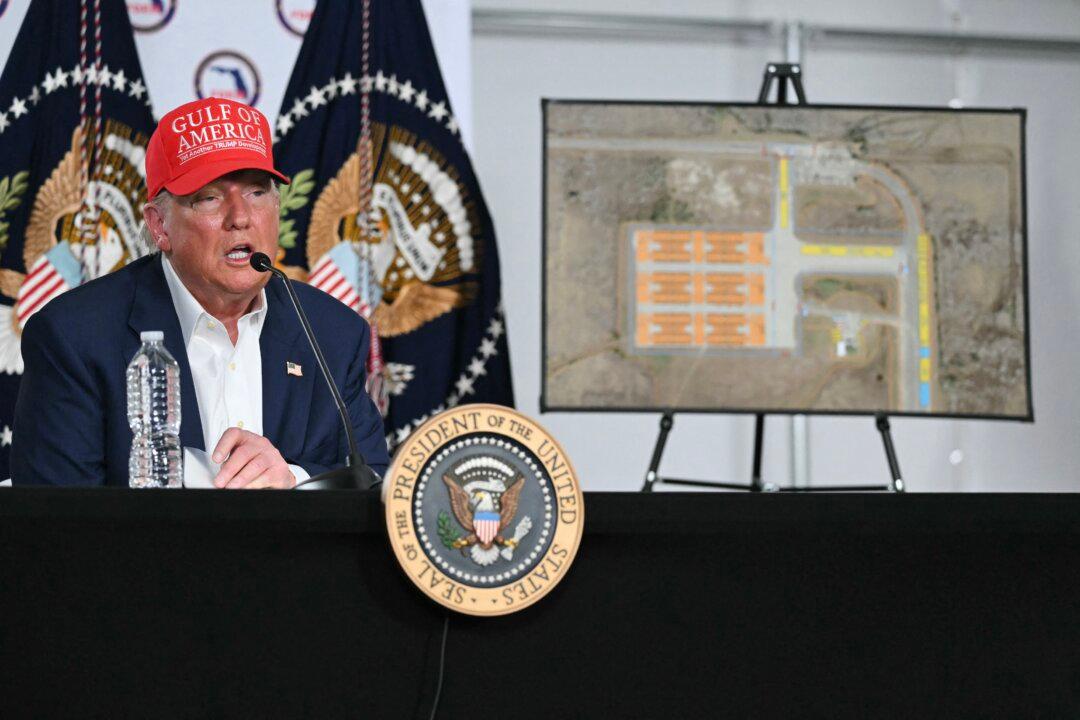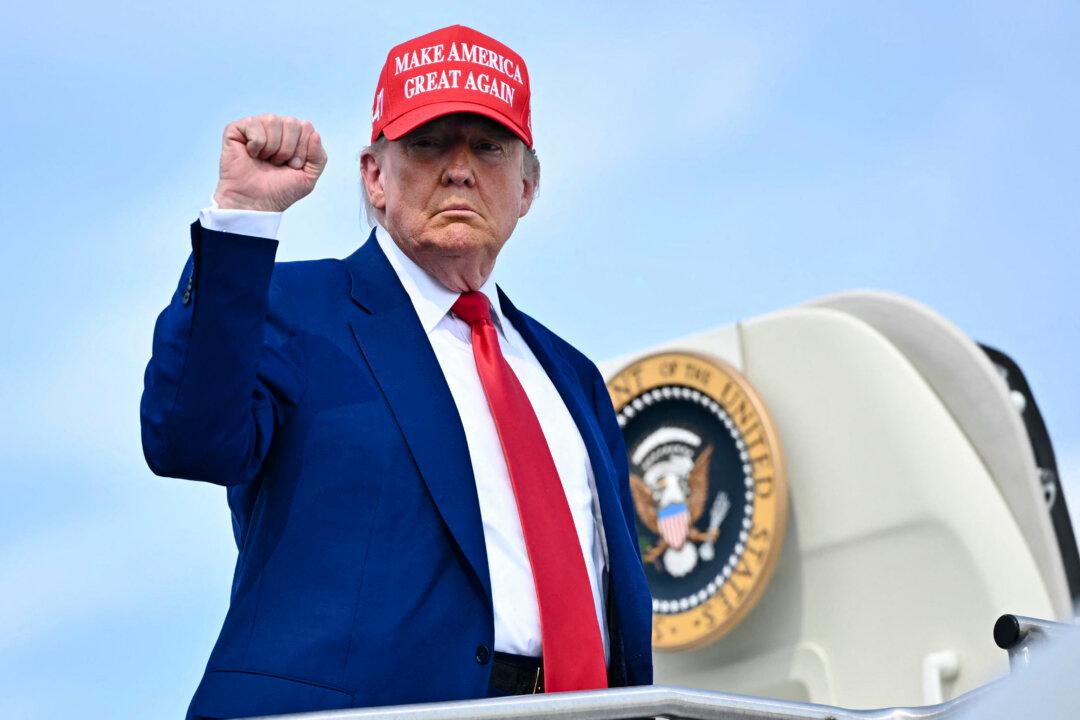WASHINGTON—Federal Reserve Chairman Jerome Powell said April 9 that the economic recovery in the United States could be fairly quick and robust once the CCP virus runs its course.
“There is every reason to believe that the economic rebound, when it comes, can be robust,” Powell said in a video conference hosted by the Brookings Institution. “We entered this turbulent period on a strong economic footing, and that should help support the recovery.”





